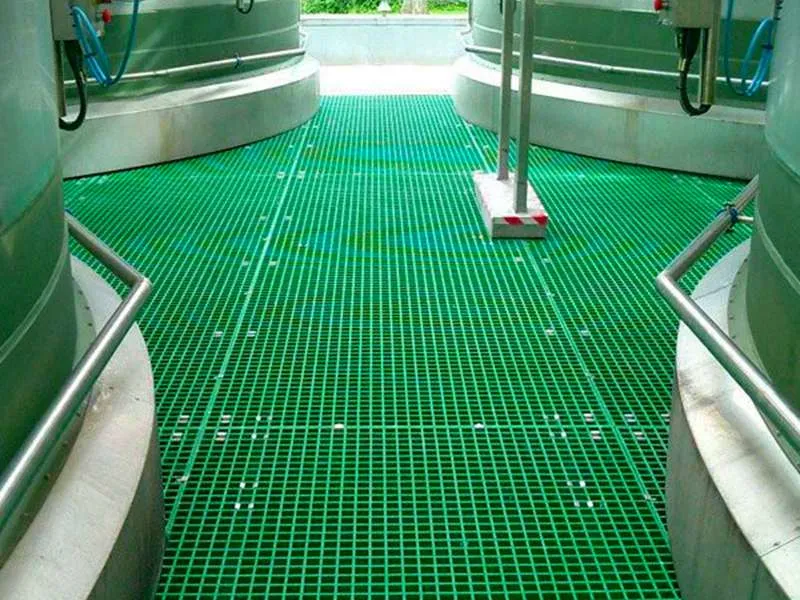
-
 Afrikaans
Afrikaans -
 Albanian
Albanian -
 Amharic
Amharic -
 Arabic
Arabic -
 Armenian
Armenian -
 Azerbaijani
Azerbaijani -
 Basque
Basque -
 Belarusian
Belarusian -
 Bengali
Bengali -
 Bosnian
Bosnian -
 Bulgarian
Bulgarian -
 Catalan
Catalan -
 Cebuano
Cebuano -
 China
China -
 China (Taiwan)
China (Taiwan) -
 Corsican
Corsican -
 Croatian
Croatian -
 Czech
Czech -
 Danish
Danish -
 Dutch
Dutch -
 English
English -
 Esperanto
Esperanto -
 Estonian
Estonian -
 Finnish
Finnish -
 French
French -
 Frisian
Frisian -
 Galician
Galician -
 Georgian
Georgian -
 German
German -
 Greek
Greek -
 Gujarati
Gujarati -
 Haitian Creole
Haitian Creole -
 hausa
hausa -
 hawaiian
hawaiian -
 Hebrew
Hebrew -
 Hindi
Hindi -
 Miao
Miao -
 Hungarian
Hungarian -
 Icelandic
Icelandic -
 igbo
igbo -
 Indonesian
Indonesian -
 irish
irish -
 Italian
Italian -
 Japanese
Japanese -
 Javanese
Javanese -
 Kannada
Kannada -
 kazakh
kazakh -
 Khmer
Khmer -
 Rwandese
Rwandese -
 Korean
Korean -
 Kurdish
Kurdish -
 Kyrgyz
Kyrgyz -
 Lao
Lao -
 Latin
Latin -
 Latvian
Latvian -
 Lithuanian
Lithuanian -
 Luxembourgish
Luxembourgish -
 Macedonian
Macedonian -
 Malgashi
Malgashi -
 Malay
Malay -
 Malayalam
Malayalam -
 Maltese
Maltese -
 Maori
Maori -
 Marathi
Marathi -
 Mongolian
Mongolian -
 Myanmar
Myanmar -
 Nepali
Nepali -
 Norwegian
Norwegian -
 Norwegian
Norwegian -
 Occitan
Occitan -
 Pashto
Pashto -
 Persian
Persian -
 Polish
Polish -
 Portuguese
Portuguese -
 Punjabi
Punjabi -
 Romanian
Romanian -
 Russian
Russian -
 Samoan
Samoan -
 Scottish Gaelic
Scottish Gaelic -
 Serbian
Serbian -
 Sesotho
Sesotho -
 Shona
Shona -
 Sindhi
Sindhi -
 Sinhala
Sinhala -
 Slovak
Slovak -
 Slovenian
Slovenian -
 Somali
Somali -
 Spanish
Spanish -
 Sundanese
Sundanese -
 Swahili
Swahili -
 Swedish
Swedish -
 Tagalog
Tagalog -
 Tajik
Tajik -
 Tamil
Tamil -
 Tatar
Tatar -
 Telugu
Telugu -
 Thai
Thai -
 Turkish
Turkish -
 Turkmen
Turkmen -
 Ukrainian
Ukrainian -
 Urdu
Urdu -
 Uighur
Uighur -
 Uzbek
Uzbek -
 Vietnamese
Vietnamese -
 Welsh
Welsh -
 Bantu
Bantu -
 Yiddish
Yiddish -
 Yoruba
Yoruba -
 Zulu
Zulu
Innovative Designs for GRP Car Body Manufacturing and Applications
The Evolution of GRP Car Body Technologies
Glass Reinforced Plastic (GRP), commonly known as fiberglass, has revolutionized the automotive industry, particularly in the development of car bodies. This innovative material offers a blend of lightweight properties, durability, and design flexibility, making it an increasingly popular choice for manufacturers looking to enhance vehicle performance and aesthetics.
The Evolution of GRP Car Body Technologies
One of the most notable features of GRP is its resistance to corrosion and environmental damage. Traditional metals can succumb to rust or deterioration when exposed to moisture and pollutants, which can compromise the integrity and appearance of a vehicle. In contrast, GRP maintains its structural integrity in challenging weather conditions, offering a longer lifespan with reduced maintenance needs. This durability makes GRP an ideal choice not only for the main car body but also for components like hoods, fenders, and panels.
grp car body

Despite its advantages, GRP has faced challenges in terms of production methods and costs. The traditional manufacturing processes for GRP involve labor-intensive techniques, which can drive up expenses. However, advancements in manufacturing technology, such as automated processes and improved resin systems, are helping to streamline production and reduce costs. As the market for electric and hybrid vehicles grows, the demand for lightweight materials like GRP is likely to increase, prompting further investments in innovative production methods.
Sustainability is another critical aspect of modern automotive design, and GRP has begun to align with eco-friendly initiatives. For instance, research into bio-resins—derived from renewable plant sources—promises to enhance the environmental profile of GRP. Efforts are being made to create recyclable fiberglass products, aiming to reduce waste and increase the lifecycle efficiency of materials used in automobiles. These developments reflect the industry's commitment to achieving greener manufacturing practices and meeting consumer demand for sustainable products.
Moreover, the aesthetic versatility of GRP cannot be overlooked. It allows designers to experiment with various textures, colors, and finishes, providing greater freedom in creating visually stunning vehicles. The ability to integrate advanced styling trends while maintaining structural strength has led to the production of cars that are not only functional but also highly desirable.
In conclusion, GRP car body technology represents a crucial advancement in the automotive sector. Its lightweight characteristics, durability, resistance to corrosion, and design flexibility make it a favored choice for manufacturers aiming to meet the evolving demands of consumers and regulatory standards. As the automotive industry continues to pivot toward sustainability and efficiency, the role of materials like GRP will only become more prominent, shaping the vehicles of tomorrow. With ongoing innovation and a focus on creating environmentally friendly solutions, GRP stands poised to lead the way in the next generation of automotive design and manufacturing.
Latest news
-
High-Quality Fiberglass Car Bodies Durable GRP Car & Boat Body SolutionsNewsJul.08,2025
-
High-Quality Fiberglass Dual Lamination Product Manufacturer Durable FRP & GRP Dual Lamination SolutionsNewsJul.08,2025
-
Rectangular Tank with Dimensions for GRP Calculation Custom Fiberglass GRP Rectangular TanksNewsJul.07,2025
-
High-Quality Fiberglass Weir Custom FRP Weir & Fiberglass Tanks ManufacturerNewsJul.07,2025
-
CPVC FRP Pipe A Reliable Choice for Industrial Applications High Strength & Corrosion ResistanceNewsJul.07,2025
-
Fiberglass Scrubber for Effective Cleaning and Stain Removal – Superior Performance in Various ApplicationsNewsJul.06,2025









